Keeping an eye out for drought
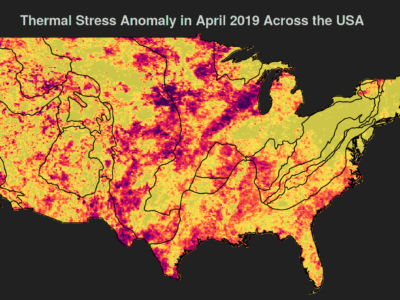
Researchers from Coweeta LTER are changing the way we monitor drought by showing that indicators of drought can be monitored at large spatial scales and in near real-time.

Researchers from Coweeta LTER are changing the way we monitor drought by showing that indicators of drought can be monitored at large spatial scales and in near real-time.

In general, the dreaded red X shows up when speakers insert images in their PowerPoint talks as “links” and then the links aren’t available when they move the file. But it can also be a symptom of an overly-large file size. It’s great to maintain images as very high resolution files for when you need… Read more »
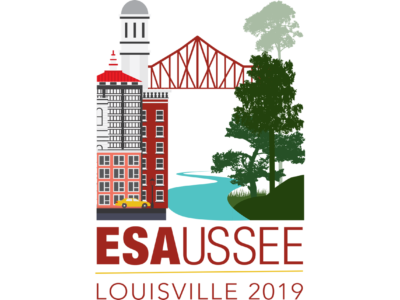
Will you be attending the 2019 Ecological Society of America Meeting? Want your colleagues to know when and where you are presenting? Please fill out the form below and the LTER Network Communications Office will compile and share a list of all the LTER presentations at the meeting. 2018, 2016, 2015, 2014, and 2012 summaries are… Read more »
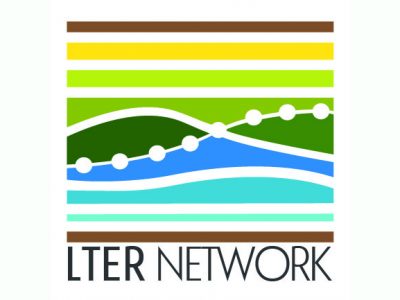
April 2019 LTER Network News is a forum for sharing news and activities from across the LTER Network. This is our water cooler. If you have personnel changes, new grants, cross-Network activities that might interest your LTER colleagues, please send them along to weiss@nceas.lternet.edu. DECADAL REVIEW PROCESS The year 2020 is the 40th anniversary of… Read more »
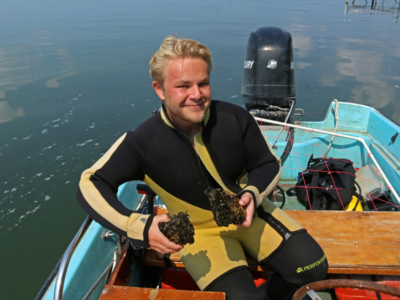
In 2015, a group of undergraduates from the University of Wisconsin, Madison launched boats into Lake Mendota at the edge of campus, ready to put lessons from the classrooms to the test in hands-on field research activities. As they moved through research protocols, a student brought a metal pole from the soft bottom to the… Read more »
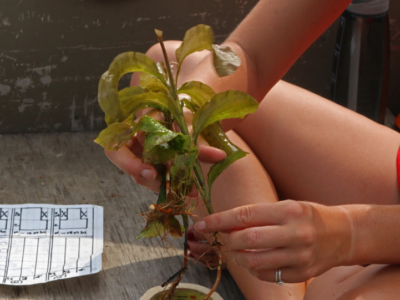
The North Temperate Lakes LTER vegetation survey team leapt out of their research boat, wetsuits and dive gear ready to go. The survey site bordered the opposite side of Trout Lake, a straight shot from the research facility and student dorms. Two bald eagles, native to this part of Northern Wisconsin, appeared disgruntled at our… Read more »
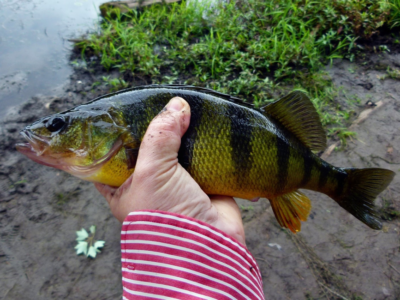
Hundreds of people rimmed Crystal Lake in Northern Wisconsin on a hot afternoon. I stood along the shoreline with Noah Lottig from the North Temperate Lakes (NTL) LTER, watching the flocking gulls surround swimmers wading in and out of the sandy edge. The lake looked beautiful, clear and surrounded by dark green trees and patches… Read more »
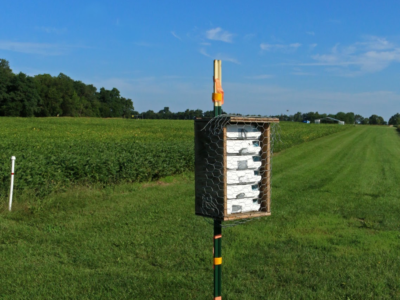
In a grassy clearing between crop hectares at the Kellogg Biological Station LTER, Dr. Nick Haddad, Principle Investigator, stares into the dark recesses of a bee box, set a few feet off the ground. The research team places the bees here while they’re still in cocoons. When they hatch, the bees gather fluorescent yellow, powdered… Read more »
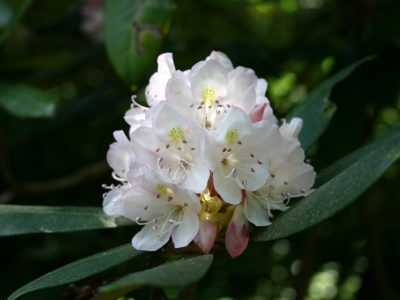
The Knights Who Say “Ni” would be delighted by a growing trend across many of the planet’s major biomes—tree and grass species are being taken over by shrubbery. Unfortunately, this phenomenon isn’t so favorable for native vegetation that struggles to compete with an invading shrub army (the term ecologists often use is ‘woody plant encroachment’)…. Read more »
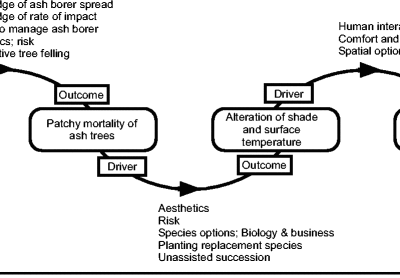
Multidisciplinary research is a positive shift toward understanding the complexity of human-natural systems. However, combining social science and ecological science methods does not necessarily equate to integration of ideas. Drawing from their urban ecology and environmental anthropology backgrounds, a group of LTER researchers propose using conceptual frameworks that go beyond characterizing social-ecological interactions as stepwise… Read more »